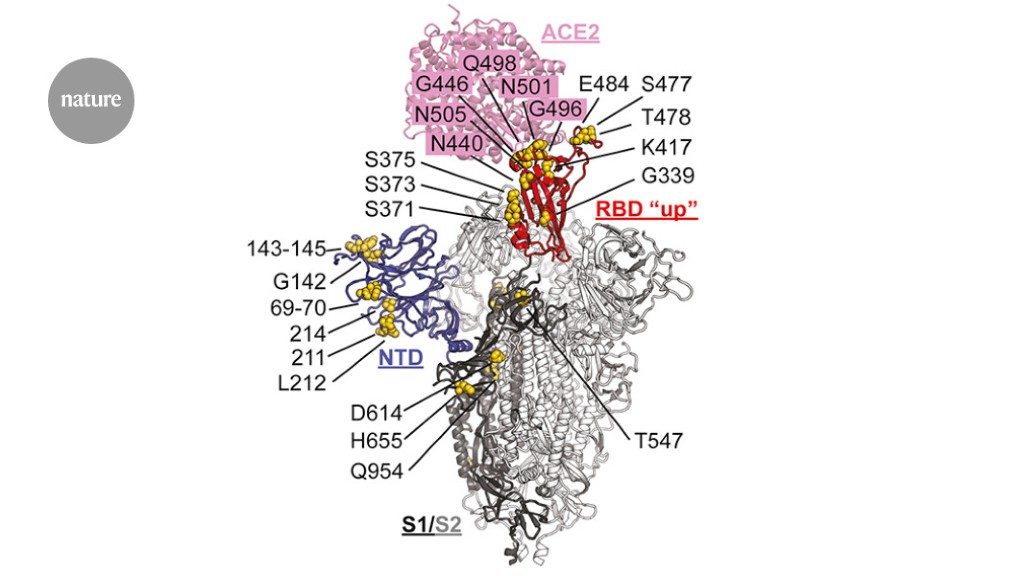The Omicron (B.1.1.529) variant of severe acute respiratory syndrome coronavirus 2 (SARS-CoV-2) was initially identified in November of 2021 in South Africa and Botswana as well as in a sample from a traveler from South Africa in Hong Kong1,2. Since then, B.1.1.529 has been detected globally. This variant seems to be at least equally infectious than B.1.617.2 (Delta), has already caused super spreader events3 and has outcompeted Delta within weeks in several countries and metropolitan areas. B.1.1.529 hosts an unprecedented number of mutations in its spike gene and early reports have provided evidence for extensive immune escape and reduced vaccine effectiveness2,4-6. Here, we investigated the neutralizing and binding activity of sera from convalescent, mRNA double vaccinated, mRNA boosted, convalescent double vaccinated, and convalescent boosted individuals against wild type, B.1.351 and B.1.1.529 SARS-CoV-2 isolates. Neutralizing activity of sera from convalescent and double vaccinated participants was undetectable to very low against B.1.1.529 while neutralizing activity of sera from individuals who had been exposed to spike three or four times was maintained, albeit at significantly reduced levels. Binding to the B.1.1.529 receptor binding domain (RBD) and N-terminal domain (NTD) was reduced in convalescent not vaccinated individuals, but was mostly retained in vaccinated individuals.
April 26, 2024
live
breaking
 NYU students set up new encampment, call for university to divest from Israel
NYU students set up new encampment, call for university to divest from Israel
 CNN asked Columbia University protest student leader about his comments. Hear his response | CNN
CNN asked Columbia University protest student leader about his comments. Hear his response | CNN
 Tabloid Publisher Defiant as Trump Lawyer Tries to Shake His Confidence
Tabloid Publisher Defiant as Trump Lawyer Tries to Shake His Confidence
 Bon Jovi docuseries ‘Thank You, Goodnight’ is an argument for respect
Bon Jovi docuseries ‘Thank You, Goodnight’ is an argument for respect
 Kevin Spacey docuseries heading to Max, featuring never-before-seen interviews
Kevin Spacey docuseries heading to Max, featuring never-before-seen interviews

Activity of convalescent and vaccine serum against SARS-CoV-2 Omicron
2 years ago
2 min read

More News
Judge dismisses superconductivity physicist’s lawsuit against university
Future of Humanity Institute shuts: what’s next for ‘deep future’ research?
Star Formation Shut Down by Multiphase Gas Outflow in a Galaxy at a Redshift of 2.45 – Nature